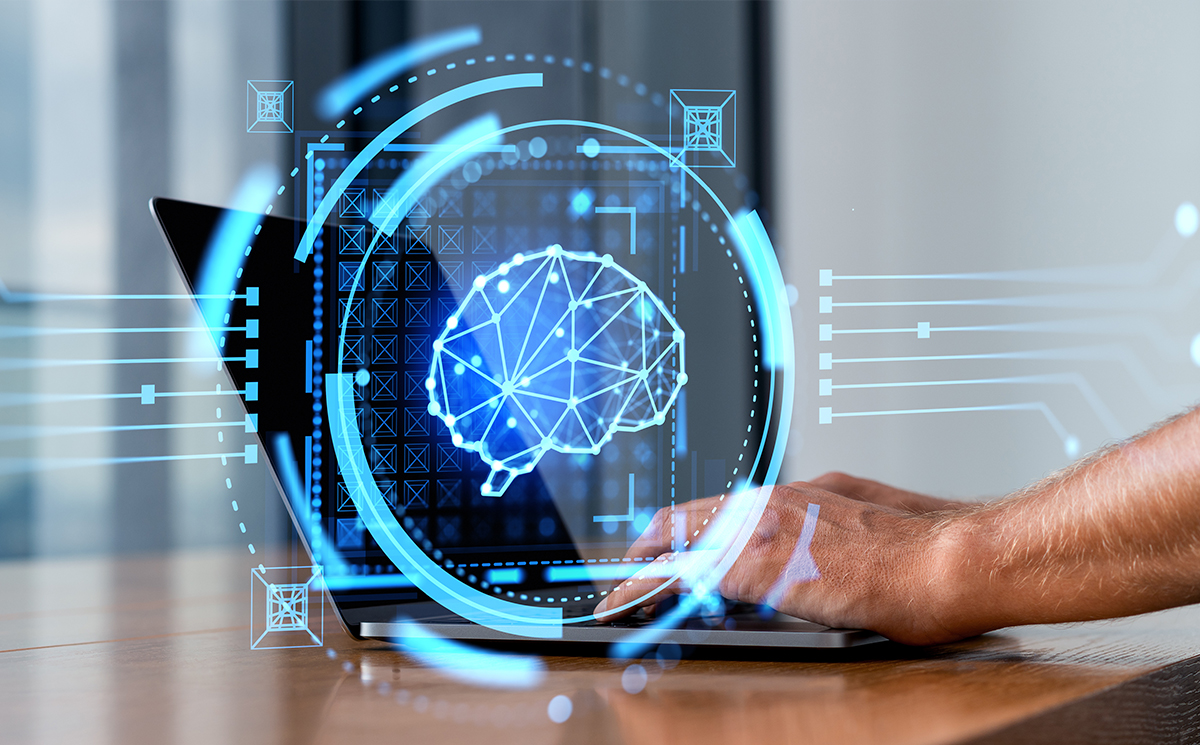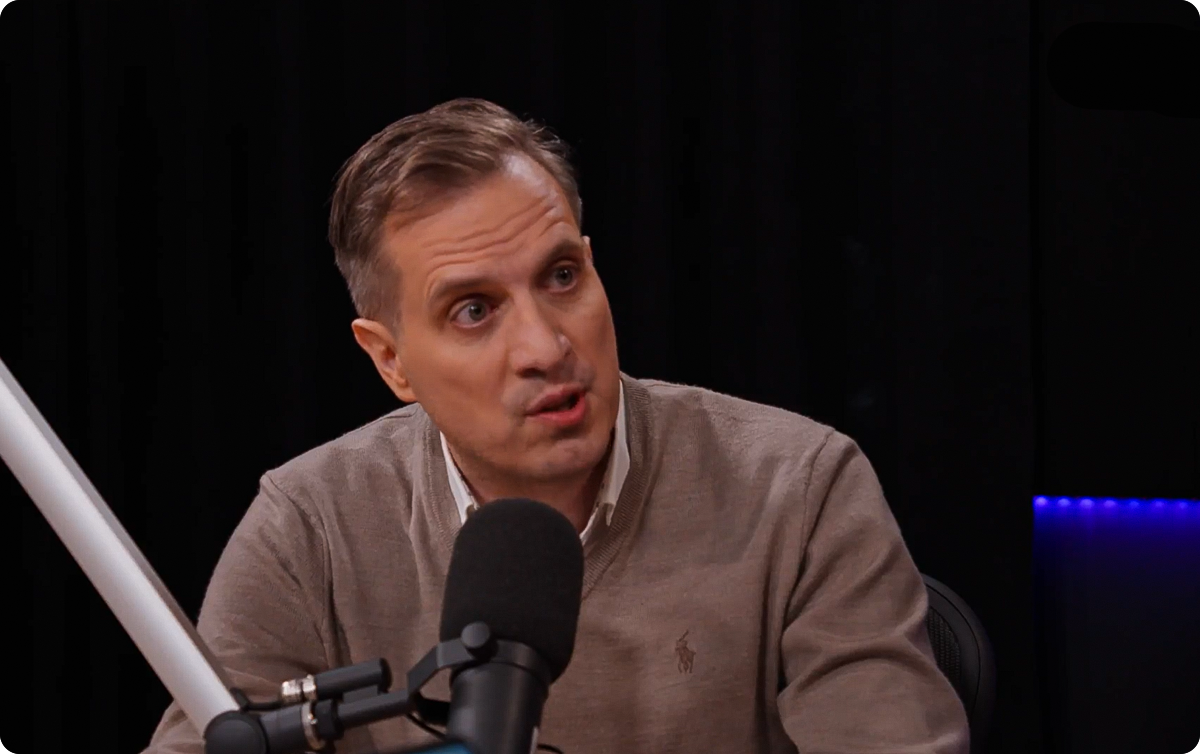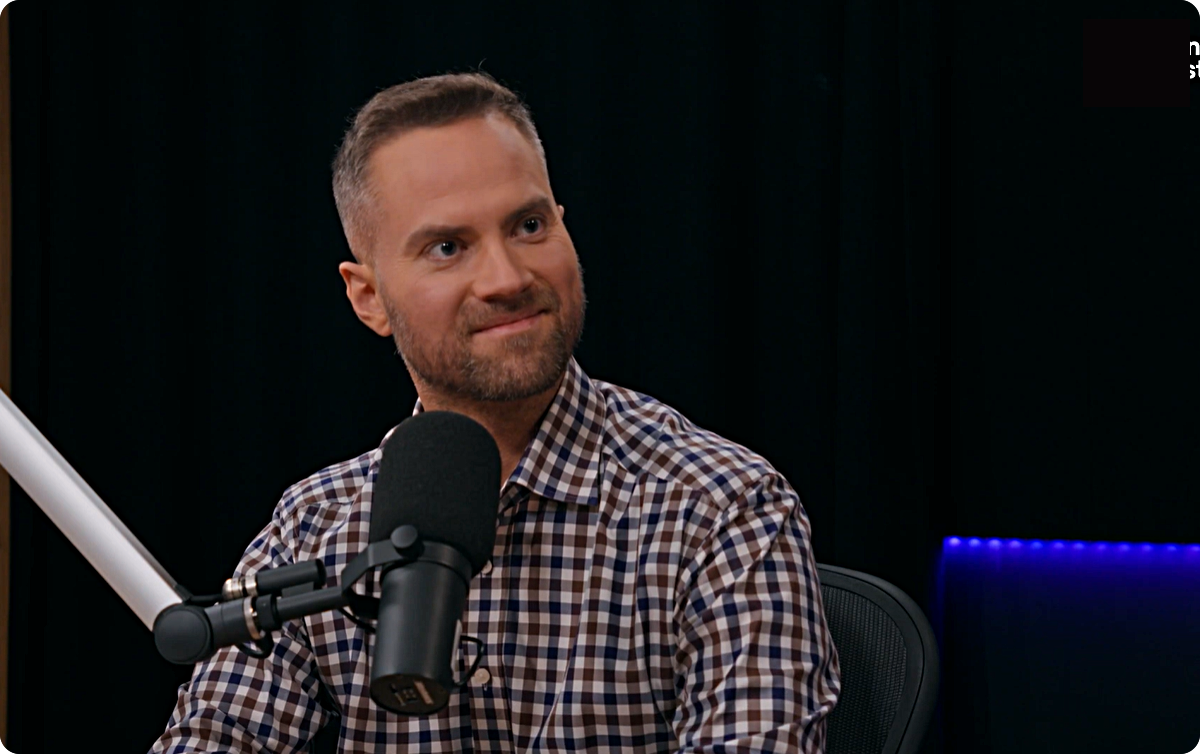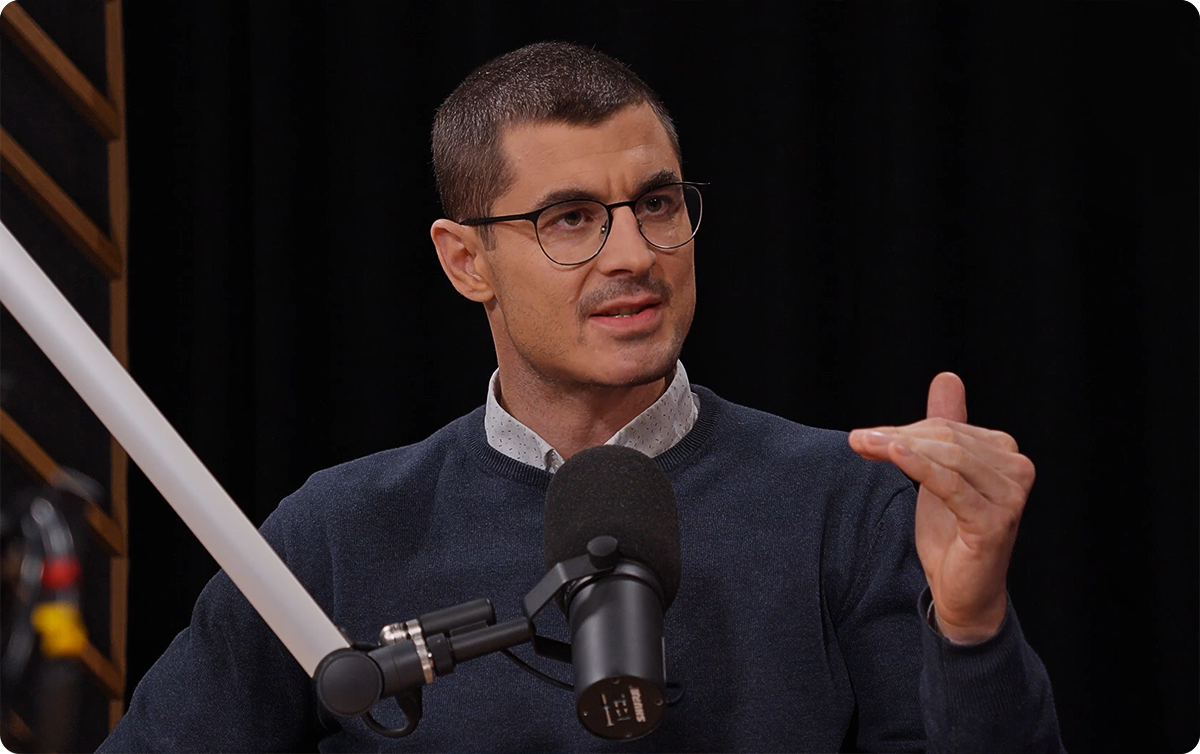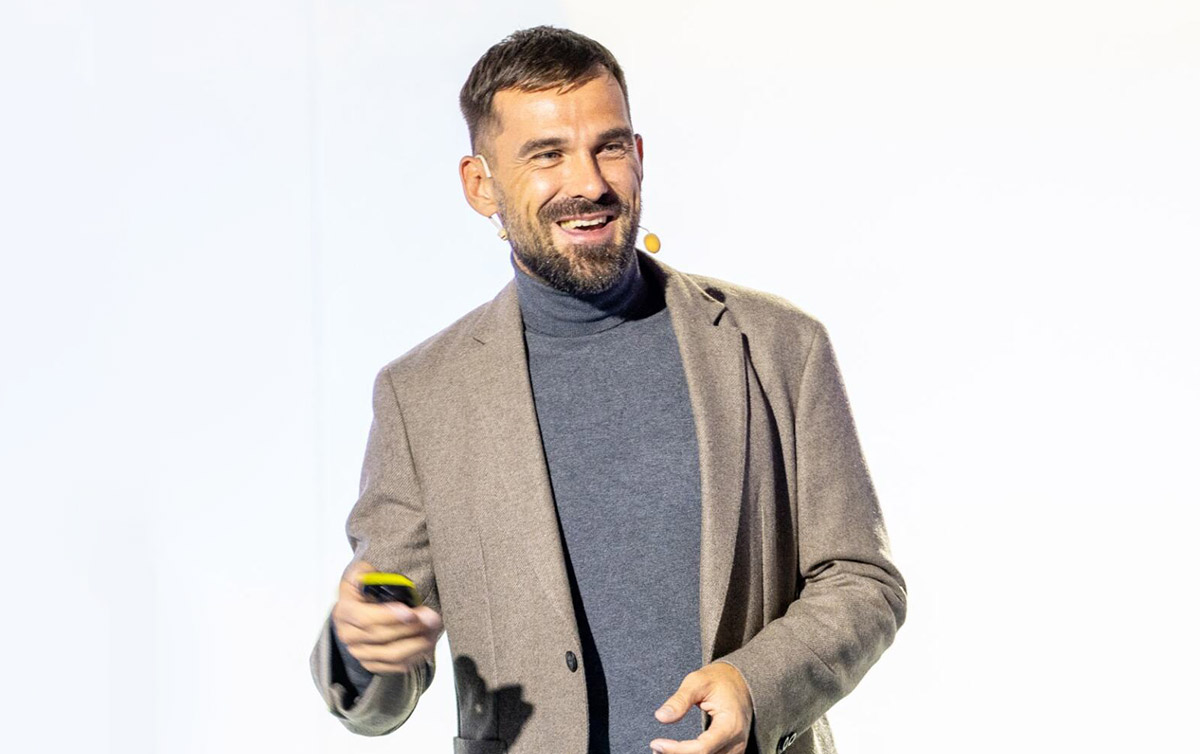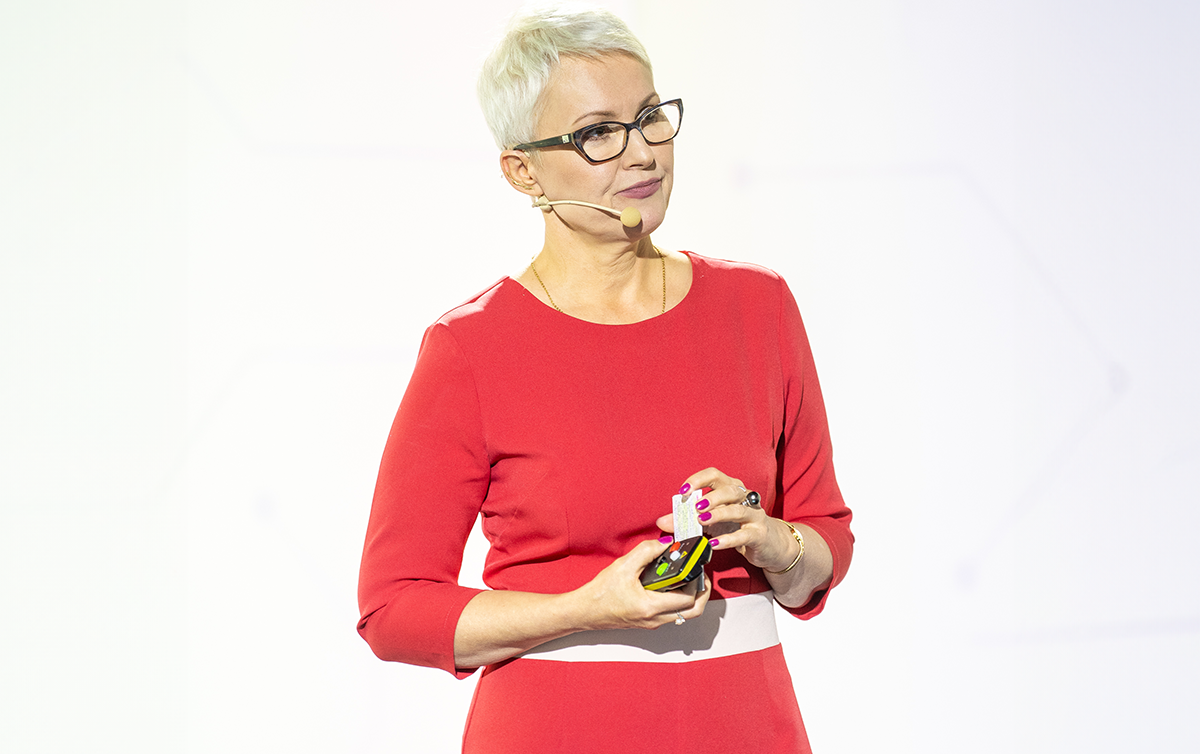One hour and 18 minutes – this is how much time the statistical Polish worker spends on activities that are not related to work duties. What is the most common distraction that diverts our attention away from work? It turns out that these are not just coffee or conversation breaks. Rather, the blame should be put on the “big five efficiency disruptors”.
Recovery break
The data can be disturbing. Nearly 44% of Polish employees admit that they happen to work inefficiently. Moreover, less than half of them have any remorse about it [1]. Does this mean that we are lazy? Or maybe just... human?
Ewa Hartman, PhD, a coach and lecturer who deals with, among other things, the impact of brain function on daily professional life, answers simply – we are not meant for non-stop intellectual work for eight hours a day [2]. Such an effort, despite our sincerest commitment, is simply biologically impossible. Recovery time, or simply a break from an intellectually demanding task, is necessary.
Perhaps, then, rather than considering whether it is appropriate to feel remorse for moments of inefficiency, we should think about what we mean by inefficiency. And redefine “wasting time” at work.
The spirit and the letter of labour law
Let’s start with the law. This is because it is most often invoked when the issue of the number of hours spent at work and the number of breaks we are entitled to comes up.
In simpler terms, working time must not exceed “8 hours a day and an average of 40 hours in an average five-day work week” [3]. There are, of course, exceptions to this rule, but let’s take this most common arrangement. On such a standard day (covering at least 6 hours), the employee is entitled to a break of at least 15 minutes [3].
However, studies show that the statistical Pole spends not a quarter of an hour, but an average of 1 hour and 18 minutes on activities that are not related to their current work duties [4].
Can the employee be blamed for this? Common sense tells us that 15 minutes per 8 hours is not enough even for a properly functioning body to satisfy even basic physiological needs. However, it turns out that it is not a visit to the toilet or a moment to eat quietly that are the biggest culprits for inefficiency. What do we actually waste time on, then?
“Distractions” under scrutiny of scientists
Until a few years ago, when the issue of wasting time was considered, special attention was paid to employees and their behaviour. A 2016 study found that we were most often distracted from our work duties by private phone calls, gossiping, browsing the Internet and social media, or taking breaks for a cigarette, coffee or snack [5]. Particularly stigmatised were cigarette breaks, which, according to some calculations, can cost Polish companies as much as PLN 31 million a day [6].
While smoking indeed deserves stigmatising as a harmful addiction, the aforementioned snack, coffee, or even relieving tension by chatting with department colleagues seem perfectly natural and human. A break that the body simply demands, unable to cope with the unrealistic requirements of 8 hours of continuous intellectual effort at the highest level. That is why experts are now increasingly focusing on other “distractions”. And it turns out that many of them are not up to the employees themselves.
The “big five efficiency disruptors”:
1. Distraction
Ewa Hartman points out that distracting an employee with phone calls, e-mails or tasks on Slack or another platform is extremely energy-intensive for them [2]. Experts indicate that it can take an average of about 26 minutes to return to full focus [7]! In doing so, it is impossible to achieve the state of “flow” that is conducive to effective performance of creative tasks. Therefore, some employees take their work home to finish an important presentation in the evening in silence and concentration. Unfortunately, this comes at the expense of rest, which is necessary for effective performance. Thus, it is easy to fall into a vicious cycle leading to frustration.
2. Infrastructure
Employees themselves, when asked what reduces theirproductivity the most, point to office conditions: noise, uncomfortable workstations and failing equipment [4]. It is worth taking this aspect into account. In an inadequately organised office space, even authentic talent don’t have a chance to shine if they are overwhelmed by the wrong stimuli.
3. Technology
This is not about the aforementioned browsing of social media during work, but about the typical office use apps. Slack or Microsoft Teams are useful tools, but at the same time they are another distraction after e-mails and phone calls that do not allow for deep focus. An employee who was expected to check e-mail and all notifications non-stop would often have to spend a good part of the day doing so. Exaggeration? Not necessarily. It is estimated that we receive new notifications in various applications on average every two minutes [7]! To make matters worse, we spend up to 32 days a year switching between applications for administrative tasks [7].
4. Control
Tracking time spent on the individual tasks is nothing new. And indeed, it can come in handy especially where precise estimation of project costs is necessary. Unfortunately, it happens that applications that support the reporting of working time are further distractions. They also cause stress and negatively affect creativity [8].
5. Poorly planned meetings
“The meeting that could have been an e-mail” has already lived to see hundreds of memes. Is this actually the case? Are we really so sceptical about meetings? Last year’s studies indicate that yes, we are. More than ¼ of employees don’t see the point in them at all, and nearly half are busy with something else during that time. The respondents were most frustrated by delayed or extended meetings and the lack of a specific agenda [9].
Efficiency to be improved
Many performance problems at work can be avoided by identifying the factors that actually distract our attention. What, then, can companies equipped with the latest knowledge do, including in the area of well-being? Here are some solutions:
1. The deep work method
Ewa Hartman points out the advantages of deep work, that is, setting a time during which no one and in any way distracts us [2]. This is extremely difficult to achieve with regard to scheduling the entire team’s time – trying to set a “deep work hour” may look good in theory, but not necessarily in practice. So it seems more feasible to simply build a work culture that does not make an employee feel obliged to “be available by e-mail” all day and check notifications every few minutes.
2. Tailored pace of work
There is no single model for efficient work. The way an employee performs on any given day depends on many factors – their character, mood, the environment. Therefore, an individual approach to the pace of work is ideal. Mrs Hartman points out that in some cases, even taking a break from the “flow” on a large project to complete a small task can be stimulating and improve work efficiency. However, there is one condition – the task must not involve us too much in an intellectual sense.
3. Valuable breaks
Experience shows that attempts to fight human nature most often lead to frustration of the team and end in failure. Therefore, instead of denying the need for breaks, it is better to encourage interesting use of them. Some companies are even adjusting their office infrastructure to accommodate short periods of rest, or relying on well-being training that promotes doing simple exercises while taking a break from work.
4. Proper planning
The leaders remain the key to team’s effectiveness. It is thanks to them that it is possible, for example, to properly prioritise the team’s tasks or keep an eye on the individual pace of work. Interestingly, reasonable planning of activities lowers stress levels and has a positive impact on the body’s energy efficiency, which also brings positive results in terms of performance and atmosphere in the workplace [2].
5. Technological change
The more apps, the more distractions. So it is worth betting on solutions that consolidate useful functions. One example is the MyBenefit platform we developed. It includes a cafeteria module, a state-of-the-art intranet, employee surveys, tools for individual employee appreciation and rewards, and many other features. All this is available in one place, without having to log into several systems. Such solutions will help save time and prevent the frustration of constantly switching between applications.
Of course, the challenges of effective use of working time will vary slightly from company to company. So it’s worth keeping your finger on the pulse and looking for causes in the broader work culture, technology, atmosphere and even in the nature of the tasks themselves. You may find that the solution is simpler than you might think.
References:
[1] https://www.livecareer.pl/porady-zawodowe/marnowanie-czasu-w-pracy-badanie
[2]https://www.benefitsystems.pl/pl/artykul/sposoby-na-efektywne-zdobywanie-wiedzy
[3] https://antal.pl/wiedza/kodeks-pracy/dzial-vi-czas-pracy
[4] https://www.livecareer.pl/porady-zawodowe/marnowanie-czasu-w-pracy-badanie
[5] https://porady.pracuj.pl/zycie-zawodowe/kawa-i-plotki-czyli-jak-marnujemy-czas-w-pracy/
[6] https://www.bankier.pl/wiadomosc/Palacze-przepalaja-miliony-zlotych-Kosztowne-przerwy-dla-pracodawcow-8208027.html
[7] https://branden.biz/badz-efektywny-pracuj-krocej-analiza/
[8] https://nofluffjobs.com/pl/log/hr-w-it/jak-ugryzc-temat-monitorowania-czasu-pracy-programistow/
[9] https://www.infor.pl/prawo/praca/pracownik/5709306,spotkania-w-pracy.html

